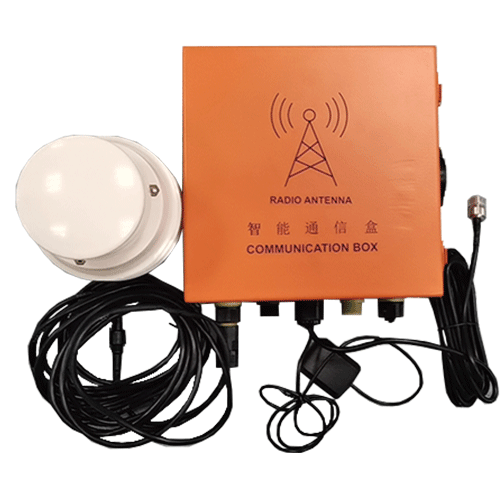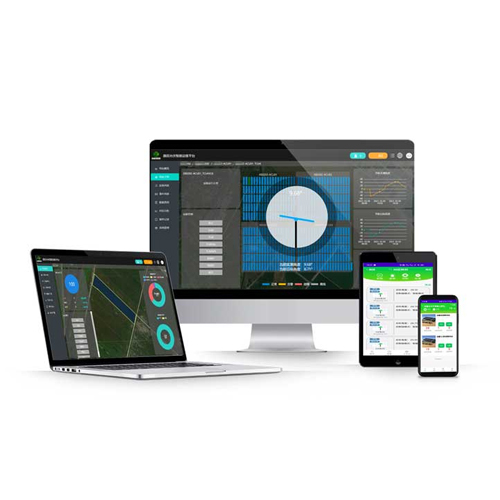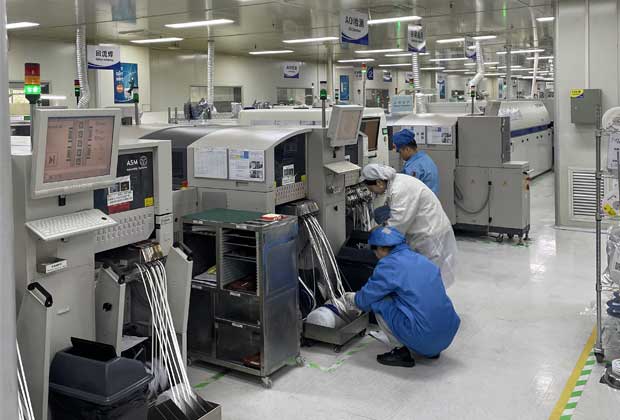What is the principle of photovoltaic tracking controller?
1. High precision: The solar tracking control system uses high-precision astronomical algorithm to calculate the angle of the sun, combined with high-performance microcontroller (DSP core), which makes the calculated position of the system accurate and reliable, and can adapt to various operating environments, and is not affected by rainy days.
2. Intelligent feedback: The advanced tilt sensor is selected, and the real-time closed-loop feedback bracket tracks the angle, which is fully automatic, without manual intervention.
3. High power generation: The self-developed backward tracking algorithm further improves the power generation efficiency, builds models according to different terrain obstructions, and sets algorithm optimization strategies. Ensure that the panel always works in a shadow-free state, improve the power generation of the panel and prolong the service life of the panel.
4. Multi-point drive: advanced CAN bus communication scheme, with high-speed and reliable communication, can work in the environment of -40~+125 degrees for a long time to synchronously control the start and stop of 32 controllers. Multi-point drive can effectively improve the wind resistance of the support and significantly reduce the steel consumption of the support. Therefore, the LCOE cost is reduced, and the popularization rate of the tracking system in the photovoltaic bracket is greatly improved.
What are the four working states of photovoltaic tracking controller?
1. The state of tracking the sun under normal conditions (good weather conditions).
2. Intermittent tracking. If it is cloudy or cloudy or bad weather for a period of time in a day, the system will be identified as unsuitable for tracking, and the whole system will be suspended. When the light and tracking conditions are suitable, the system will have a fast tracking command to make the tracker roughly aim at the sun. After that, the program will conduct another set of signal acquisition processing to complete fine tracking.
3. Automatic return. After sunset, the system will automatically go to sleep and return to the rising position of the sun. Automatically enter a new round of operation the next day.
4. Protection of severe weather conditions: When factors such as ambient wind speed or precipitation are not suitable for the system to work, the photovoltaic tracking controller will automatically stop working, and make the light receiving surface of the whole large system parallel or vertical to the ground plane, so as to avoid the system being damaged.
 English
English  中文
中文



